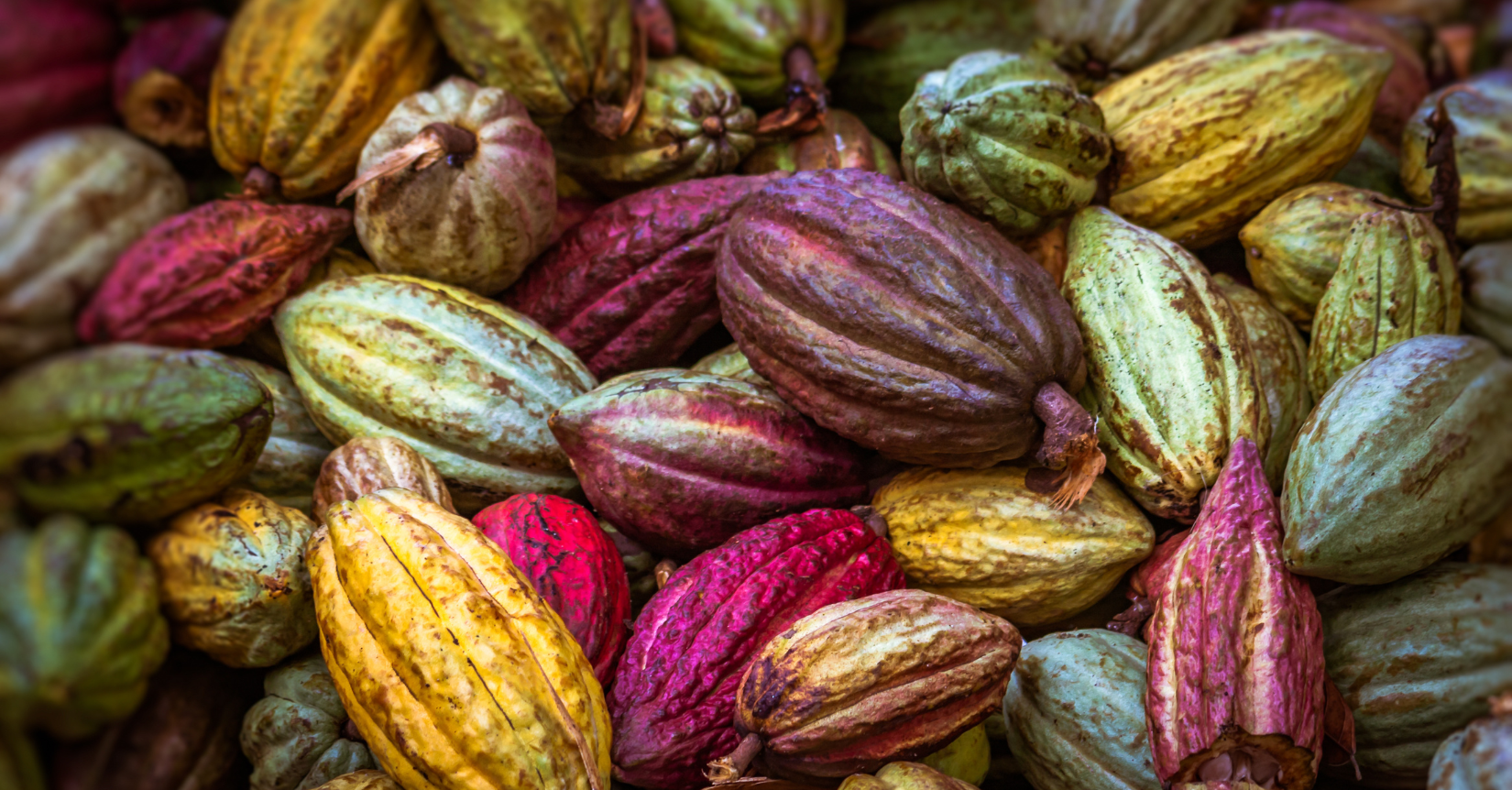Liquidity drought meets weather market dynamics in what experts call the most challenging cocoa trading environment in over 20 years
June 12, 2025 – The global cocoa market has entered its traditionally volatile “silly season,” but this year’s combination of extreme weather uncertainty, policy-driven macro volatility, and record-low liquidity is creating unprecedented challenges for traders and chocolate manufacturers alike.
Weather market meets policy uncertainty
The cocoa market’s infamous “silly season” – the period from April through November when West African rains determine the fate of the October harvest – has taken on new dimensions in 2025. With combined open interest at its lowest level in more than two decades, even small weather deviations are creating outsized market movements.
“There is no room for error on the cocoa production side,” explains Martijn Bron in our latest comprehensive market analysis. The former head of cocoa trading at Cargill notes that while demand continues to weaken, the industry’s tight supply-demand balance means chocolate manufacturers cannot afford to let futures price coverage slip.
Key market developments this week
Price action and liquidity concerns
- London cocoa futures (September contract) gained 3.0% versus May 30th
- New York September futures increased 2.4% over the same period
- Annual time spreads widened significantly: London Sep 25/26 spread at GBP 1,130, New York at USD 1,693
- Critical insight: Combined open interest remains at 20-year lows, amplifying volatility
Supply chain pressures mount
Recent data reveals the structural challenges facing the industry:
- Ivory Coast arrivals up 7.7% year-on-year to 1.624 million MT through June 1
- However, local grinding capacity utilization continues declining
- Barry Callebaut’s cost-plus model under severe strain from price volatility
The geographic divide in chocolate demand
Our analysis reveals a fascinating divergence in how American versus European consumers are responding to higher chocolate prices – a trend with significant implications for global confectionery companies.
European consumers are proving more resilient to price increases, treating chocolate as a daily staple rather than an impulse purchase. This cultural difference is reflected in company performance, with European-focused manufacturers like Mondelez weathering the storm better than US-centric players like Hershey.
Policy wild cards add complexity
The cocoa market’s traditional isolation from macro-economic factors has eroded significantly. Current uncertainties include:
- Ongoing US tariff policy disputes and court challenges
- Ivory Coast’s October presidential elections looming
- GLP-1 drug penetration potentially affecting North American snack demand
Looking ahead: critical factors to watch
As we move deeper into the West African rainy season, several key developments warrant close monitoring:
- Pod count data expected this week could trigger significant market moves
- Rainfall patterns in June – traditionally the peak month for West African precipitation
- Ivory Coast election dynamics and their impact on export logistics
- US tariff policy resolution and its implications for chocolate manufacturers
Access the complete analysis
This overview represents just a fraction of our comprehensive cocoa market analysis, which includes:
- Detailed technical analysis of futures positioning and spreads
- In-depth fundamental assessment of crop conditions across all major origins
- Quantitative analysis of demand elasticity by region
- Forward-looking supply-demand projections through 2026
- Strategic insights for risk management in volatile conditions
The full analysis is available exclusively on the Vesper platform, providing institutional-grade market intelligence for commodity professionals.
Access the full week 24 analysis on the Vesper platform: https://app.vespertool.com/market-analysis/2006
